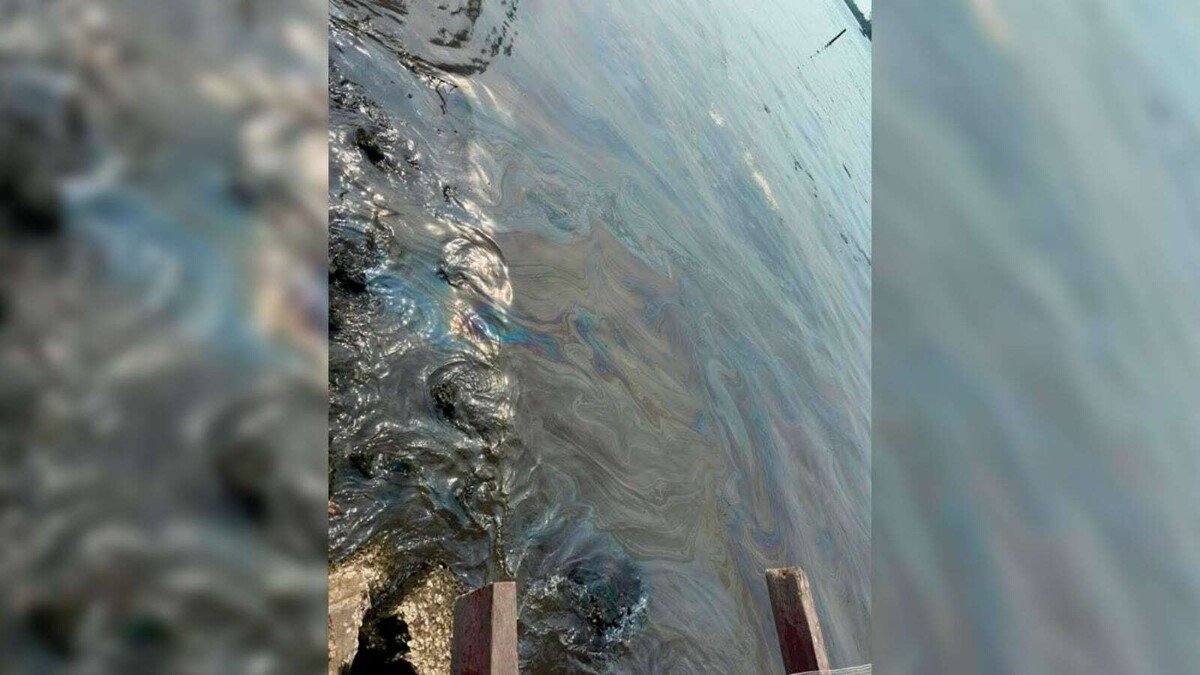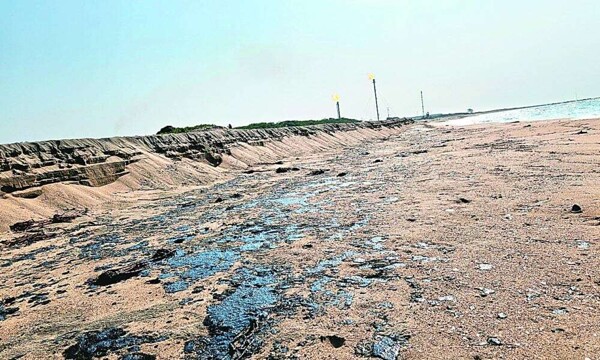
In the coastal municipality of Paraíso, Tabasco, an environmental crisis has arisen due to the presence of hydrocarbons along its coast. This situation has led local authorities to raise the black flag and close access to the sea at various popular beaches such as Playa Sol and Brisas del Paraíso. According to preliminary information, the spill has spread over more than 16 kilometers of coastline, from the Las Flores ranch to the Tupilco Bar. The substance, described as 'chapopote' and oil by fishermen and visitors, has also affected the Mecoacán lagoon, harming both the fishing sector and the gastronomic corridor of the municipality.
In response to the emergency, Petróleos Mexicanos (Pemex) and the Paraíso City Council have commenced cleanup efforts since May 4. Despite the efforts, the source of the spill has yet to be determined, whether it comes from any vessel or facility. This situation has generated concern among local fishermen, who have reported a halt in their activities and fear a drastic decrease in their income due to reduced sales of marine products.
The municipal government has issued a statement informing about the total prohibition of access to the sea as a preventive measure, indicated by the raising of the black flag at the affected beaches. At the same time, it has been announced that the use of parking lots and palapas at Playa Sol will be free for those wishing to remain in the area without entering the water. The City Council has assured that the safety of visitors is its priority and is working in coordination with state and federal authorities to address the emergency, and the measure will remain until the presence of hydrocarbons is completely ruled out.
Despite the crisis, the sport fishing tournament at El Bellote lagoon in Paraíso was not canceled and took place without incidents over the past weekend. It is worth noting that in August 2024, the Seco River in this municipality had already experienced an episode of pollution with a color change to pink, a situation that was eventually determined not to be related to the Olmeca refinery, but that did highlight the presence of dangerous algae and bacteria in the tributary.











